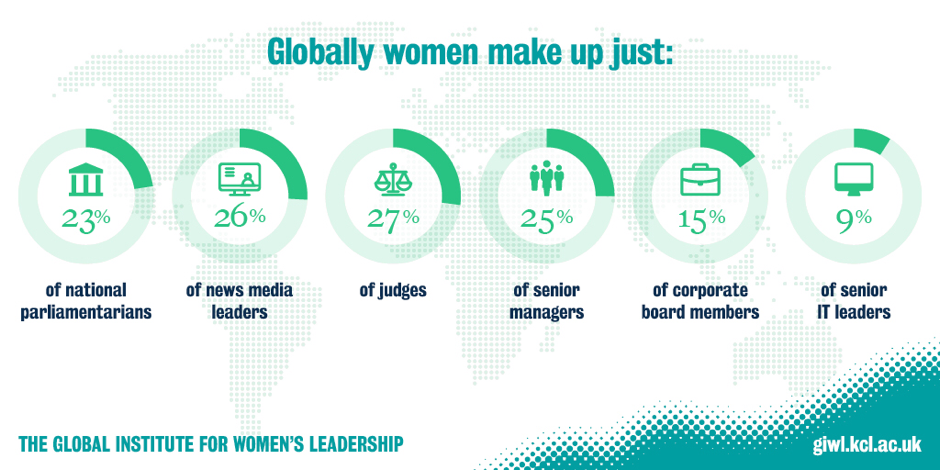We all want to love our lives, to feel like we can discover our sense of purpose and go for it.
But too often, as women, our energy and enthusiasm aren’t enough to get us through. We feel like we are leaning in to our careers but not making progress. Stuck in a rut, it’s easy to feel isolated, to feel a sense of personal failure.
It’s time to lighten up on ourselves and have a good look at the reality of women’s lives at work. Certainly, tremendous progress has been made in the last 50 years, but gender barriers remain.
For some women, these barriers are explicit rules and laws that constrain their activity. For example, in over 100 economies worldwide, women face gender-based job restrictions. But more often, these barriers are implicit; they are the informal norms and practices that act to exclude women, such as pervasive gender stereotyping, which can mean women are not readily considered competent, decisive and assertive, traits closely associated with leadership roles. In addition, there is lots of evidence available now that we all tend to associate leadership and like-ability for men but view women leaders as unlikeable.
Women are also more likely to face difficulties posed by juggling work and family life. Many women work a ‘second shift’: they go to work at their paid, full-time job and then return home to carry out more work – this time unpaid – in the form of domestic and caring responsibilities. This can have an impact not only on their health and wellbeing, but their career advancement too. Research points to a ‘motherhood penalty’ and a ‘fatherhood premium’ in earnings.
On top of all this, as #MeToo has proved spectacularly, too many women are faced with sexual harassment at work.
Is it any wonder that even though merit is equally distributed between the sexes, leadership is still an overwhelmingly male preserve? Only around a quarter of politicians, news media bosses, judges and managers are women and the proportion of corporate board members and technology leaders is even lower.

And the pace of change is so slow, it will over two centuries to close the economic gender gap.

These shocking statistics persist even though, in recent years, lots of workplaces have taken steps to make things fairer. Many have devoted precious dollars to women’s leadership and unconscious bias training, even though there are real questions about how effective current programs are. Others have introduced measures such as flexible working hours and working from home that have been linked to a range of positive outcomes, including higher job satisfaction and increased productivity. Unfortunately, gender issues can be stubbornly hard to address so there is worrying evidence that employees who request family leave, part-time schedules or flexible working tend to be rated as less competent, valuable and committed than those who don’t. Perhaps, as a consequence, take-up of these programs is still too low, particularly among men.
None of this should discourage women and men who want to see gender equality, who want a world in which everyone gets to thrive. But it should make us want to be smarter about working out what creates and accelerates change.
Getting smarter and more evidence based is exactly what my new Global Institute for Women’s Leadership is dedicated to doing. Established as part of King’s College London, the institute will build a network of researchers and practitioners via online and real-world activity, widely disseminating robust evidence about what is effective in promoting gender equality and working to generate new evidence where it is missing.
Our vision is to help create a world in which being a woman is not a barrier to becoming a leader in any field, nor a factor contributing to negative perceptions of someone’s leadership.
Get in touch to see how you can get involved. You aren’t alone.
Julia Gillard is the only woman to have served as Prime Minister of Australia and is the Chair of the Global Institute for Women’s Leadership.


